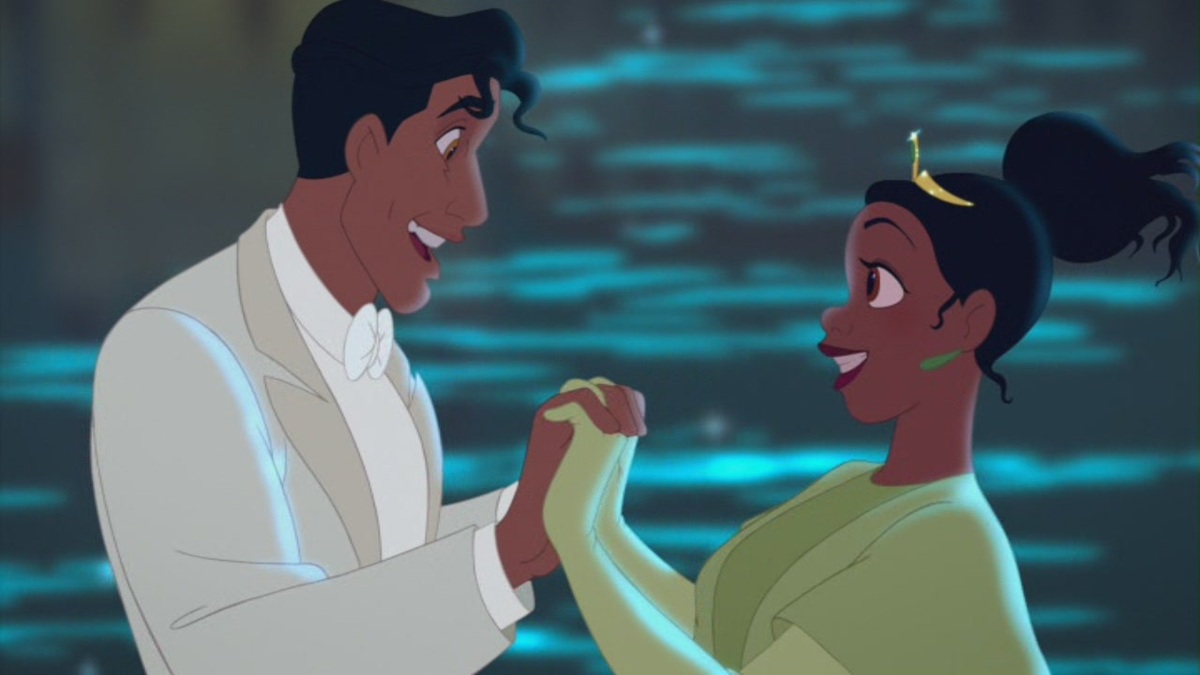Despite being one of the largest — and subsequently most successful — entertainment companies in the world, Disney has had its fair share of controversies over the years. As it turns out, feeding off of people’s nostalgia is simply not enough to blind the public to the company’s faults, especially in an era in which representation in media is a subject constantly on the table.
One of the most prominent issues currently surrounding Disney characters is whitewashing. Unfortunately, this isn’t a single case issue that could be shrugged off as a mere mistake, nor something that can be quietly swept under the rug. The people are noticing this pattern, which seems to target the main characters of The Princess and the Frog — Tiana and Naveen — who made history as Disney’s very first Black prince and princess duo.
Back in 2018, when the trailer for the Wreck-It Ralph sequel Ralph Breaks The Internet came out, audiences were surprised (and obviously disappointed) to find out that Tiana’s appearance had been altered. This was no simple alteration meant to fit in with the movie’s unique art style, however, but rather a significant change to the character’s most prominent traits. Her skin tone had been made lighter, and her features changed to fit a more euro-centric style, with a slimmer nose and thinner lips.
Fortunately, Tiana’s appearance was later corrected, thanks to the intervenience of the character’s voice actress, Anika Noni Rose, and the Black advocacy group Color of Change, as reported by The Wall Street Journal. Later, Rose shared on social media some details about the meeting she had with Wreck It Ralph 2‘s animation team, who offered an explanation regarding Tiana’s character design changes:
“They explained how CGI animation did different things to the characters’ color tones in different light compared to hand-drawn original characters, and I was able to express how important it is to the little girls (and let’s face it, grown women) who felt represented by her, that her skin tone stay as rich as it had been, and that her nose continues to be the little round nose that Mark [Henn] so beautifully rendered in the movie; the same nose on my very own face and on many other little brown faces around the world, that we so rarely get to see represented in fantasy.”
Rose’s words also directly address the need for POC to see themselves represented on screen and (indirectly) the power big companies hold to make that happen. Unfortunately, this wouldn’t be the last time Disney’s Black characters suffer from whitewashing. Very recently, Funko Pop was under fire following the unveiling of Tiana and Naveen’s figures, with noticeably lighter skin tones.
It appears that Naveen’s original skin tone was given to Tiana’s Funko, and in turn, the prince got a drastically lighter tone, making him look like a white man. Needless to say, this speaks to a major issue within the entertainment industry, which continuously creates situations in which POC feel misrepresented.
Not only is whitewashing something that hurts POC by stripping them of much-needed representation, but it also disrespects the characters themselves. Tiana and Naveen are extremely important to so many people, young and old alike, marking what many hoped would be a new era for Disney; an era in which POC main characters are the norm, instead of the occasional, newsworthy event.
Granted, since The Princess and the Frog was released, the company has taken steps in the right direction, focusing more on POC stories than ever before — Moana (2016), Raya and the Last Dragon (2021), and Strange World (2022) are some examples. Even so, when whitewashing continues to be an issue among both Disney and its partnering companies, folks can’t help but feel like this is a “two steps forward, one step back” type of situation, and they’d be right. Unfortunately, there’s little that the public can do, other than to continue pushing for more and better representation from big companies, and hopefully, those calls will be answered.
Right now, Walt Disney Animation Studios is preparing to release a new TV series titled Tiana, which will focus on the titular character, and serve as a sequel to The Princess and the Frog. Fingers crossed that the company will not repeat the mistakes of the past, and honor Tiana and Naveen’s legacy the way they (and the viewers) deserve.











Published: Feb 1, 2023 09:46 am